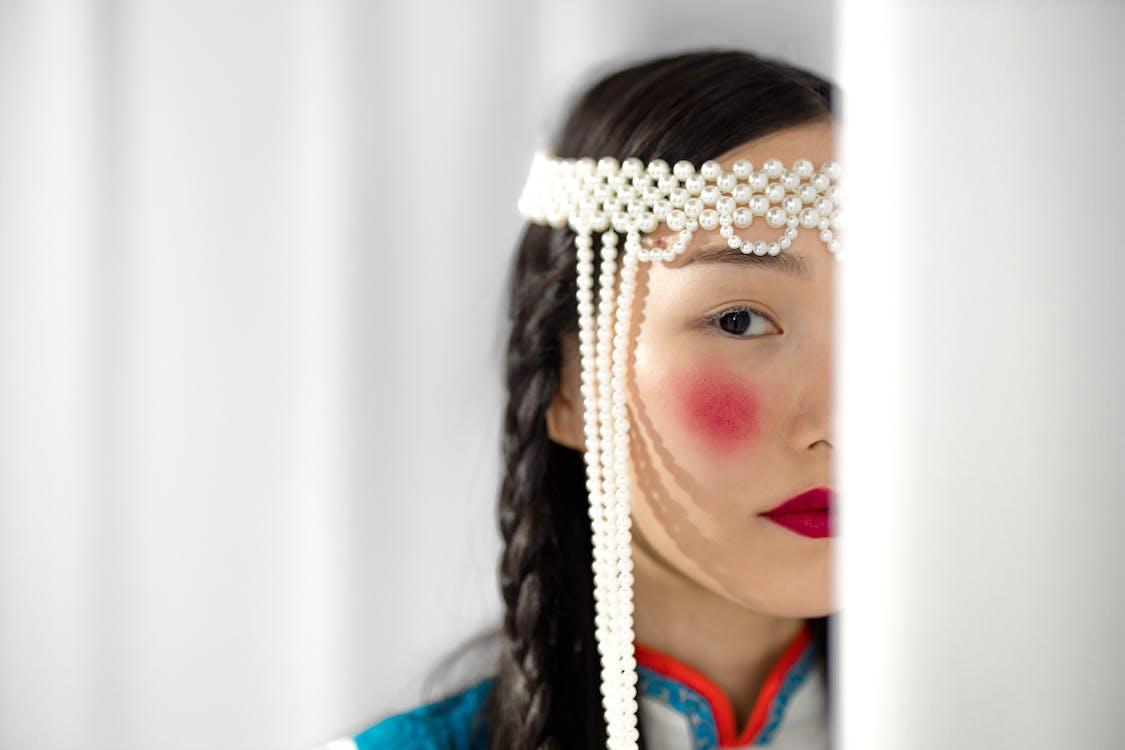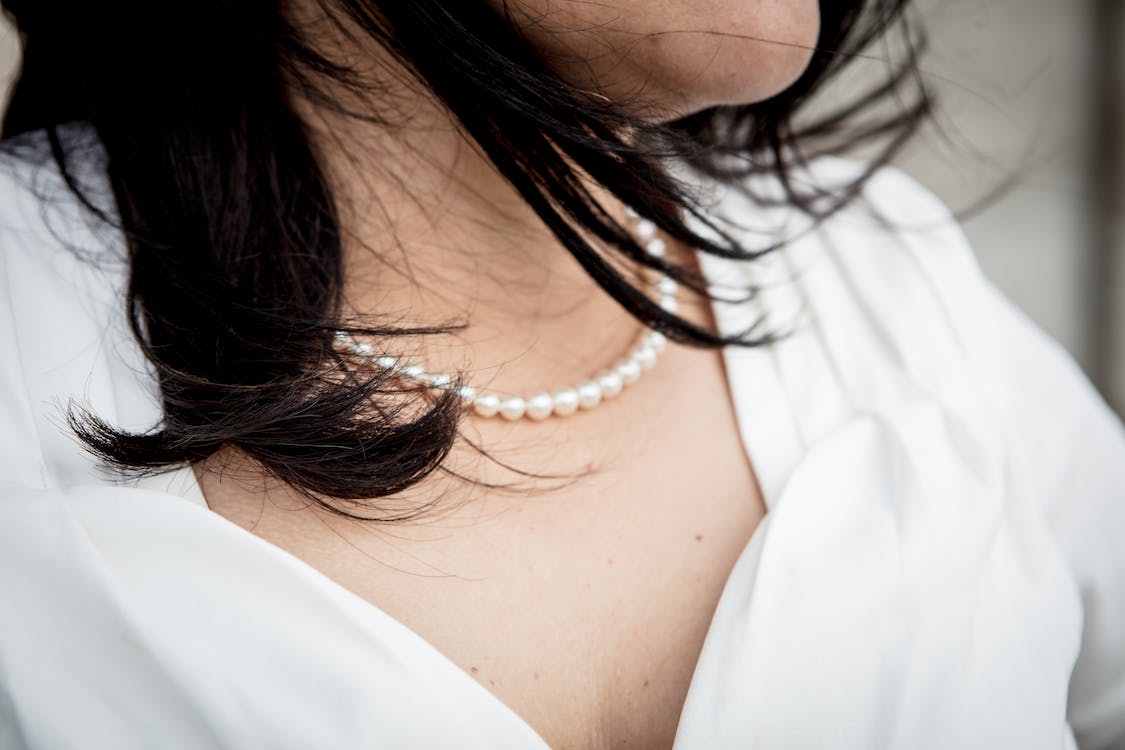
Pearls, those luminescent orbs that have been a centerpiece of adornment for centuries, continue to cast their timeless spell across the globe. More than just a fashion statement, pearls represent a confluence of nature’s artistry and human craftsmanship. With their soft glow and understated elegance, pearls carry a legacy that transcends trends and generations.
In today’s world, they embody not just tradition but also a thriving industry, with the pearl jewelry market projected to burgeon to an impressive $42.0 billion globally by 2031. This growth signals not just a sustained demand but also an appreciation for pearls in various forms and styles.
In this post, we’ll explore the intricate world of pearls and pearl jewelry, exploring their natural essence, the intricate processes of their formation, and the profound beauty they hold as a jewel of the sea.
What Pearls Are
A pearl is a gleaming gem produced within the soft tissue of a living shelled mollusk. The core difference between natural and cultured pearls lies in their genesis. Natural pearls form without human intervention, while cultured pearls are the product of deliberate actions taken to initiate their creation. Pearls can be broadly categorized into two types: freshwater, which originates from mussels in rivers and lakes, and saltwater, born from oysters in the vast ocean.
What Pearls Are Made Of
At the heart of a pearl lies its composition—a blend of calcium carbonate in the form of nacre, interspersed with layers of conchiolin, a complex protein. The oyster plays a pivotal role in this process; it is the living factory where pearls are produced. The luster and iridescence that pearls exhibit are due to the microscopic structure of the nacre, which refracts light and creates a mesmerizing sheen.
How Pearls Form
In nature’s realm, the birth of a pearl begins unassumingly with the intrusion of a tiny irritant into the mollusk’s body. As a defense, the mollusk secretes nacre to envelop the foreign entity, layer by delicate layer, until a pearl is formed.
The journey of cultured pearls, however, is marked by human ingenuity. It starts with nucleation, wherein a small bead is surgically implanted into the mollusk to prompt the production of nacre. Pearl farmers then nurture these mollusks in controlled environments, patiently waiting for the day when the pearls can be harvested.
The quality and value of pearls are contingent on several factors. The size, shape, and color are the visible metrics, while the more nuanced aspects like surface quality, nacre thickness, and luster—the way light dances on the pearl’s surface—play a crucial role in defining a pearl’s worth.
The History of Pearls
Pearls have captivated human fascination for as long as civilization can remember. Ancient Chinese records mention them as early as 2300 BC, where they were prized by royalty as symbols of wealth and power. In ancient Rome, pearls were considered the ultimate status symbol, with the Roman elite demanding pearls from the conquests of Britain and the Persian Gulf.
The Greeks held pearls in high regard too, associating them with love and marriage, a tradition that continues to this day. During the European Age of Exploration, the demand for these oceanic gems led to the discovery of new pearl sources in the New World, further fueling their popularity.
Pearls were so highly valued that a period in history is named after them: The Pearl Age, from the late 15th to the early 17th century, when the pearl trade flourished, especially in Europe. Over time, pearls have remained a steadfast symbol of elegance and refinement in jewelry design.
The Journey of Pearls: From Water to Wearable Art
Once pearls are harvested, they are meticulously cleaned, sorted, and often polished to reveal their full glory. The artistry in pearl jewelry is not just in the design but in the selection and combination of pearls, which can range from perfectly round to unique baroque shapes.
Caring for pearl jewelry is an art in itself. Pearls require a gentle touch, away from the harsh chemicals of perfumes and cleaners.
To ensure the longevity of their splendor, they should be the last thing put on when dressing and the first taken off; this minimizes exposure to potential abrasives or harmful substances. When storing, lay them flat in a silk or satin-lined jewelry box, as hanging pearl strands can stretch and weaken the thread over time.

Final Thoughts
The allure of pearls lies not just in their beauty but in their journey from a simple grain of sand to a symbol of sophistication. They remind us of nature’s capacity for transformation and the human ability to harness it. As we continue to treasure these gems, it becomes increasingly important to support sustainable practices in pearl farming, ensuring that we can enjoy their beauty for generations to come.



